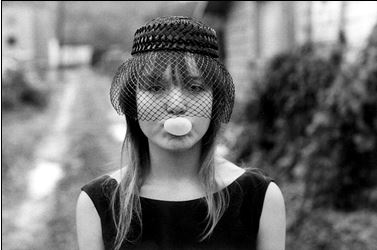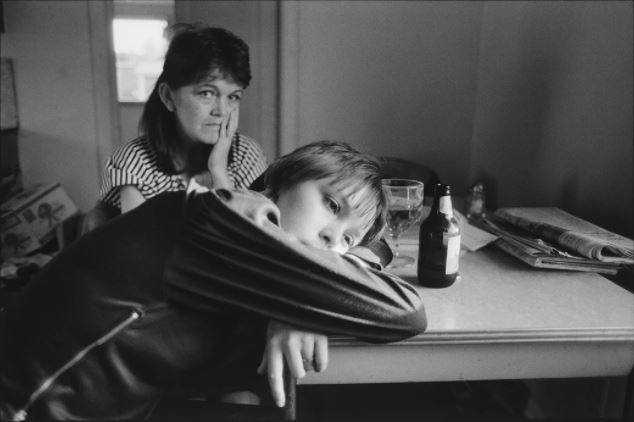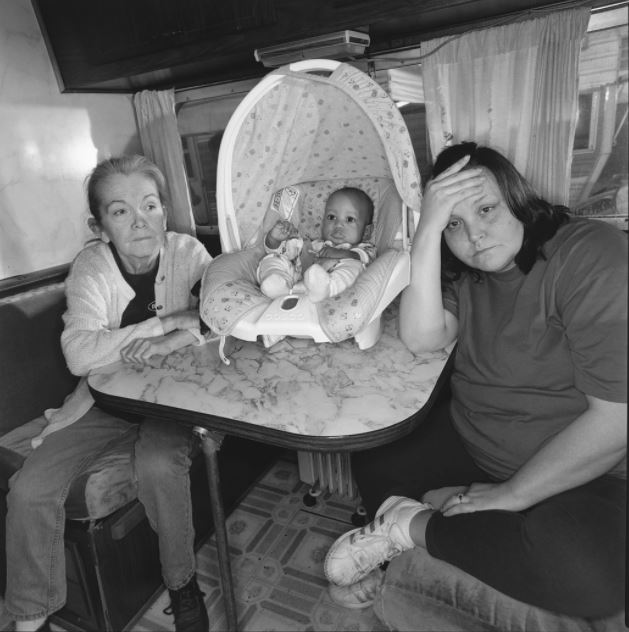MARY ELLEN MARK
MARY ELLEN MARK

I first “met” Mark when I watched the documentary Finding Vivian Maier. In one scene, Jon Maloof takes some of Maier’s photographs to Mark for her to critique. “Beautiful,” Mark says of the work. “She could have been famous.”
Mark knows about fame.
In the 1970s and 1980s, Mark published important photography books, including
- Passport (1974),
- Ward 81 (1979),
- Falkland Road (1981),
- Photographs of Mother Teresa’s Mission of Charity in Calcutta (1985), and
- Streetwise (1988).
- Tiny: Streetwise Revisited (2015).
Mark also worked in film with her husband, Martin Bell. Their film, Streetwise, was nominated for an Academy Award in 1984. Her career is extensive, including many books, exhibitions, grants and honorary doctorate degrees. If you want to see the really long list, click here. She died in 2015 at age 75 in New York City.
Mark got me thinking about what it takes to become a documentary photographer. Much of my material for this post comes from a 1987 article in the New York Times, called “The Unflinching Eye: Photojournalist Mary Ellen Mark,” by Vicki Goldberg. At the time of Goldberg’s writing, Mark was at the height of her career. She was 47 years old.
Mark was born in Elkins Park, Pennsylvania, in 1940. She studied painting and art history at the University of Pennsylvania, realized that wasn’t for her, and picked up a camera. After a master’s degree in photojournalism, she traveled to Turkey on a Fulbright scholarship, then published her first book, Passport. She gave all her energy to her work.
Another of Mark’s books, Streetwise (1988)is a “poignant document of a fiercely independent group of homeless and troubled youth living in Seattle as pimps, prostitutes, panhandlers, and small-time drug dealers.” It includes the story of “Tiny,” a fourteen-year-old prostitute.

This was only the beginning. Mark photographed Tiny over the next thirty years. In 2015, Mark published Mary Ellen Mark: Tiny, Streetwise Revisited. Tiny, now a single mother, has ten children. It’s a “powerful education about one of the more complex sides of American life, as well as insight into the unique relationship sustained between artist and subject.”


Here are some thoughts, shared by Mary Ellen Mark.
Accept the limits of documentary photography. “Any photographer who thinks that they’re going to change the world has an inflated ego,” says Mark. “But photography does open up people’s vistas and their world, it does make [some people] more understanding and tolerant.”
Her work often focuses on women. “I’ve tried to show the positive and negative things about being a woman,” she says. “I just feel I’m better with women… I feel I can say something deeper.” When asked if she is exploiting those who are less fortunate, she replies that the poor should not be ignored, that many have eagerly posed for her “precisely because they wished to be noticed at last.” It’s not exploitation if it’s a partnership.
Documentary photography, in 1987, was a difficult profession for women; Mark was a pioneer. “I don’t see how a woman in documentary photography could have children,” she says. I know, from experience, that it’s difficult to balance parenting and work.
A good picture, Mark says, “shouldn’t need an explanation, emotionally at least. It says something directly to you… What you look for is a symbol of something in everyone’s life.” Good photography connects the artist and viewer. Mark does this, and her long-term relationships with her subjects tell me that she cares.
Mark describes her drive to photograph as “a disease that gets into the blood.” I’m wary of diseases right now, given the global pandemic. Maybe what Mark had was a good disease, if there is such a thing. That she died of myelodysplastic syndrome, a blood illness, is ironic and sad.
Mark worked mostly in black and white, documenting difficult subjects or victims. Her rapport with street kids, drug addicts, prostitutes, prisoners, the homeless, or any kind of social outcast shows in her work. She’s different from Diane Arbus, whose work with similar subjects is freakish. Mark’s photographs are empathetic and humanist. Robert Grimes, in his New York Times article, called her photos “a strikingly de-dramatized representation of humans in extreme circumstances.”
Mark loved to be out and about in the world, photographing people’s stories. She was gutsy, and she cared. Regarding exploitation, she said, “Sometimes when I take a photograph I worry over boundaries. I have developed an instinct for how far to go.”
There’s a narrow line between photography and exploitation. Photographs create misconceptions and this deserves a whole post in and of itself. Nuanced, compassionate documentary photography is a good start to understanding with fairness the world in which we live.

